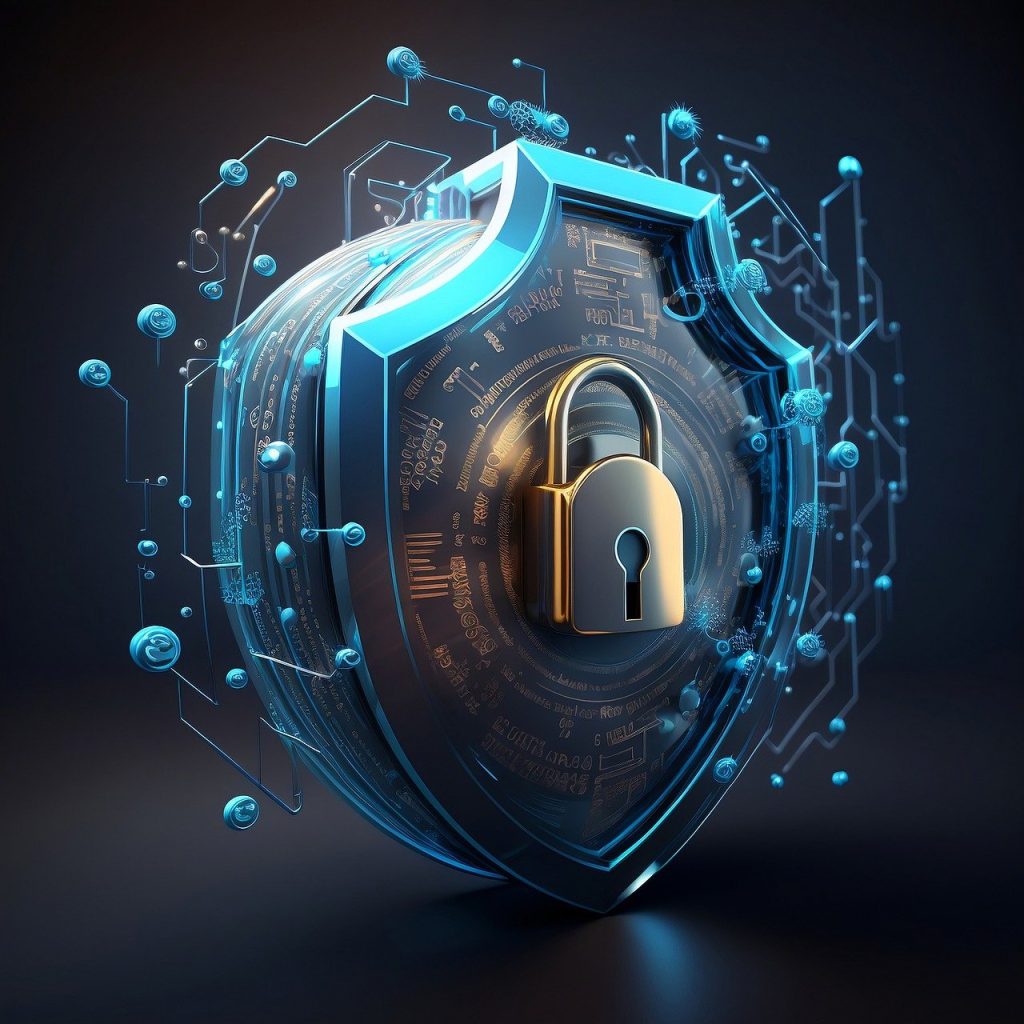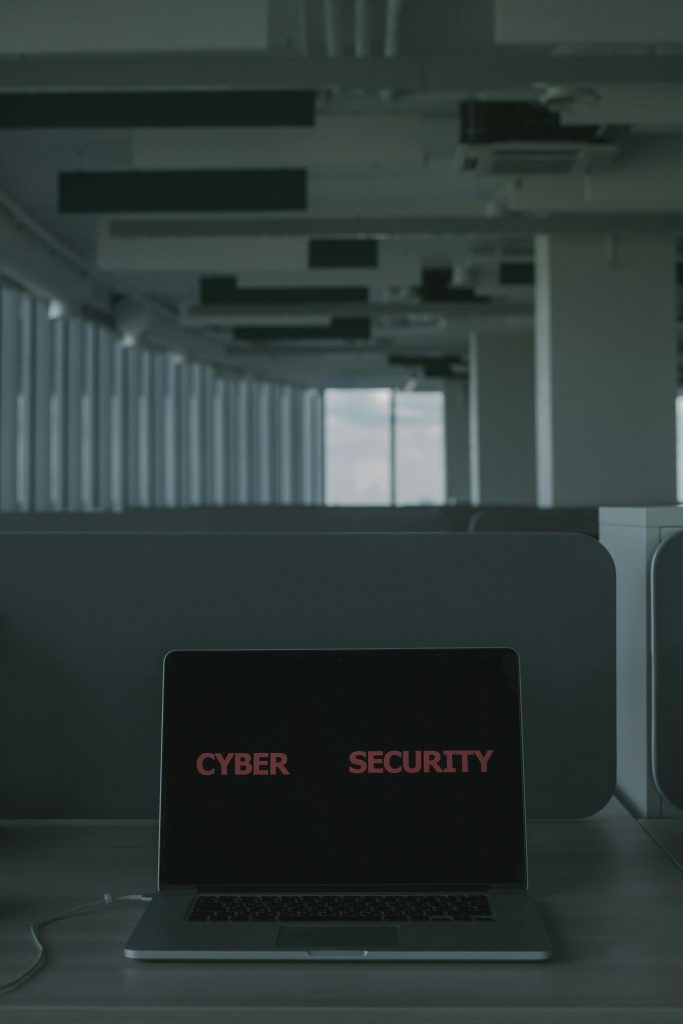The cybersecurity landscape is still changing quickly as 2024 goes on. The nature of cyberthreats and the tactics used to counter them have changed significantly as a result of the spread of digital technologies and the growing interconnectedness of devices. This article examines the new cybersecurity risks for 2024 and the creative ways businesses are protecting their digital assets.

Emerging Threats in 2024
- Advanced Persistent Threats (APTs): High-value assets within organizations are the focus of increasingly complex Advanced Persistent Threats. These risks frequently entail focused, protracted cyberattacks in which hackers breach networks and go unnoticed for a long time. By 2024, APTs are using AI and machine learning to increase their effectiveness and stealth, which makes detection and mitigation more difficult.
- Ransomware Evolution: The frequency and complexity of ransomware attacks have increased. In addition to encrypting data, cybercriminals are now using double extortion tactics, threatening to release sensitive information unless a ransom is paid. The proliferation of Ransomware-as-a-Service (RaaS) platforms has expanded the pool of potential attackers by making it simpler for those with less technical expertise to launch attacks.
- Supply Chain Attacks: Supply chain attacks have grown to be a serious worry. Attackers can gain access to numerous organizations by breaching a reliable third-party vendor. In order to maintain the integrity of the supply chain, this trend has brought attention to the necessity of thorough security evaluations of all suppliers and partners.
- Internet of Things (IoT) Vulnerabilities: New vulnerabilities have been brought about by the quick growth of IoT devices. Because many IoT devices lack strong security features, hackers find them to be appealing targets. Attacks on IoT networks are on the rise in 2024, as hackers take advantage of unpatched firmware and lax authentication to take over devices.
- AI-Driven Attacks: Artificial Intelligence is being weaponized by cybercriminals to launch more effective attacks. AI-driven malware can adapt to defenses, learn from past attacks, and execute highly targeted campaigns. This trend underscores the need for equally advanced AI-driven defense mechanisms to counter these sophisticated threats.

Innovative Solutions
- Zero Trust Architecture: The foundation of contemporary cybersecurity strategies is zero trust. This method, which is based on the tenet of “never trust, always verify,” calls for constant user and device validation, whether they are located inside or outside the network. Organizations can reduce the risk of illegal access and lateral network movement by putting Zero Trust into practice.
- AI and Machine Learning in Defense:defenders are using AI and machine learning to identify and react to threats instantly, just as attackers are using these technologies. By analyzing large volumes of data, finding trends, and anticipating possible dangers, these technologies allow for quicker and more precise incident response. When it comes to spotting irregularities and highlighting questionable activity that might point to an ongoing attack, AI-driven security solutions excel.
- Endpoint Detection and Response (EDR): EDR solutions give endpoint devices—like PCs, smartphones, and servers—continuous monitoring and response capabilities. EDR tools can identify and address threats faster by gathering and evaluating data from endpoints. To increase their efficacy, EDR solutions are integrating increasingly sophisticated threat intelligence and automation in 2024.
- Security Orchestration, Automation, and Response (SOAR): SOAR platforms simplify threat detection and response by integrating security tools and procedures. SOAR solutions can drastically cut down on the time and effort needed to handle security incidents by automating repetitive tasks and coordinating intricate workflows. This enhances security teams’ overall effectiveness and enables them to concentrate on more strategic projects.
- Enhanced Cloud Security: As cloud services become more widely used, protecting cloud environments has taken precedence. Misconfigurations and unauthorized access are among the new threats that cloud security solutions are adapting to. To safeguard their cloud assets, businesses are implementing multi-layered security strategies that include encryption, identity and access management (IAM), and ongoing monitoring.
- User Awareness and Training: Even with technological advancements, human error continues to play a major role in cybersecurity incidents. Businesses are spending money on extensive training initiatives to teach staff members about the newest security threats and best practices. Businesses can lower their risk of social engineering attacks and other human-centric threats by cultivating a security-conscious culture.

Conclusion
In 2024, the cybersecurity environment will be defined by creative solutions and quickly changing threats. Organizations must stay ahead of the curve by implementing cutting-edge tactics and technologies as cybercriminals continue to create increasingly complex attack methods. Protecting digital assets in this changing environment will require adopting a proactive approach to cybersecurity, which includes putting Zero Trust architectures into place, deploying AI-driven defenses, and providing thorough user training. Businesses can negotiate the complexity of the cybersecurity environment and defend themselves against new threats by remaining alert and flexible.